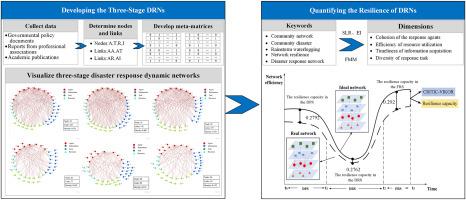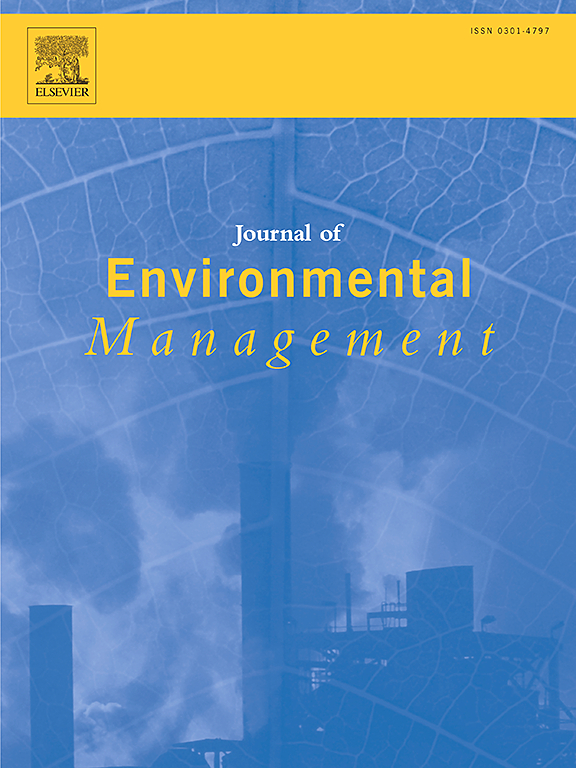基于动态网络的增强型框架,用于量化和增强暴雨内涝情况下老社区的救灾网络复原力。
IF 8.4
2区 环境科学与生态学
Q1 ENVIRONMENTAL SCIENCES
引用次数: 0
摘要
开发有效的灾害响应网络(DRN)对于减轻暴雨内涝对老旧社区的影响至关重要。为了提供可实施的策略以增强灾害响应网络的复原力,本文利用 DNA 和 CRITIC-VIKOR 方法为灾害响应网络开发了一个基于动态网络分析(DNA)的增强型框架。该框架将社区灾害响应概念化为 "代理-信息-资源-任务"(A-I-R-T)三阶段动态网络,有助于全面了解利益相关者、灾害信息、应急资源和响应任务之间的相互作用。随后,建立了一个结合 CRITIC 和 VIKOR 方法的混合评估模型,通过评估与理想响应情景的偏差来量化灾难恢复网络的复原力。通过对中国徐州市 Y 社区的案例研究进行验证,研究结果表明,利益相关者的沟通效果在灾害响应的不同阶段存在显著差异,在功能恢复阶段,复原力达到峰值,为 0.292。这项研究不仅有助于丰富灾害管理和抗灾理论知识,而且还为增强灾难恢复网络的抗灾能力提供了可操作的策略,从而有助于提高城市环境的抗灾能力。本文章由计算机程序翻译,如有差异,请以英文原文为准。

An enhanced dynamic-network-based framework for quantifying and enhancing the resilience of disaster response networks to old communities under rainstorm waterlogging
Developing effective disaster response networks (DRNs) is crucial for mitigating the impacts of rainstorm waterlogging in old communities. Aiming at providing implementable strategies for enhancing DRN resilience, this paper developed an enhanced dynamic network analysis (DNA)-based framework for DRNs utilizing the DNA and CRITIC-VIKOR method. This framework conceptualizes community disaster response as a three-stage ‘agent-information-resource-task’ (A-I-R-T) dynamic network, facilitating a comprehensive understanding of interactions among stakeholders, disaster information, emergency resources, and response tasks. Subsequently, a hybrid evaluation model combining CRITIC and VIKOR methods was established to quantify DRN resilience by assessing deviations from ideal response scenarios. Validated through a case study of the Y community in Xuzhou city of China, the findings reveal significant variations in stakeholder communication effectiveness across different stages of disaster response, with resilience peaking during the function recovery stage at 0.292. This study not only contributes to the body of knowledge in disaster management and resilience theory but also provides actionable strategies for enhancing DRN resilience, thereby contributing to more resilient urban environments.
求助全文
通过发布文献求助,成功后即可免费获取论文全文。
去求助
来源期刊

Journal of Environmental Management
环境科学-环境科学
CiteScore
13.70
自引率
5.70%
发文量
2477
审稿时长
84 days
期刊介绍:
The Journal of Environmental Management is a journal for the publication of peer reviewed, original research for all aspects of management and the managed use of the environment, both natural and man-made.Critical review articles are also welcome; submission of these is strongly encouraged.
 求助内容:
求助内容: 应助结果提醒方式:
应助结果提醒方式:


